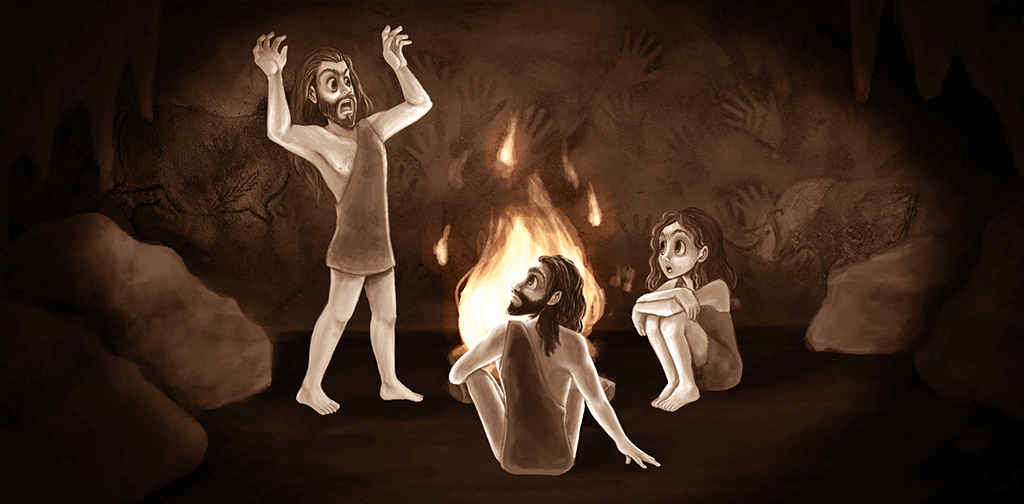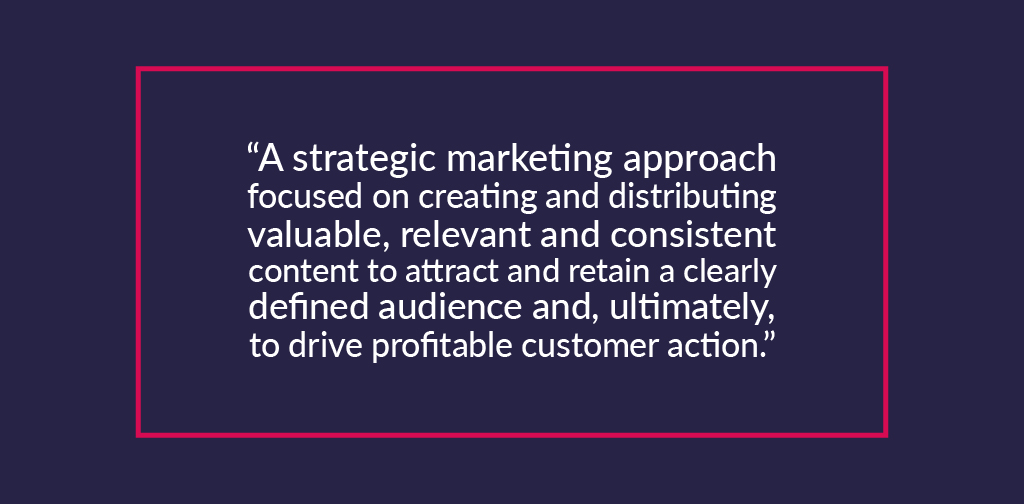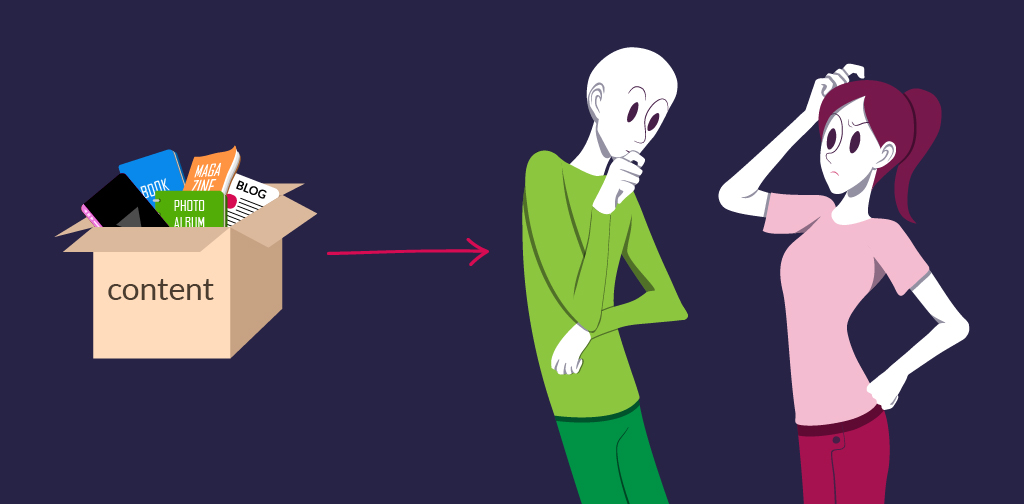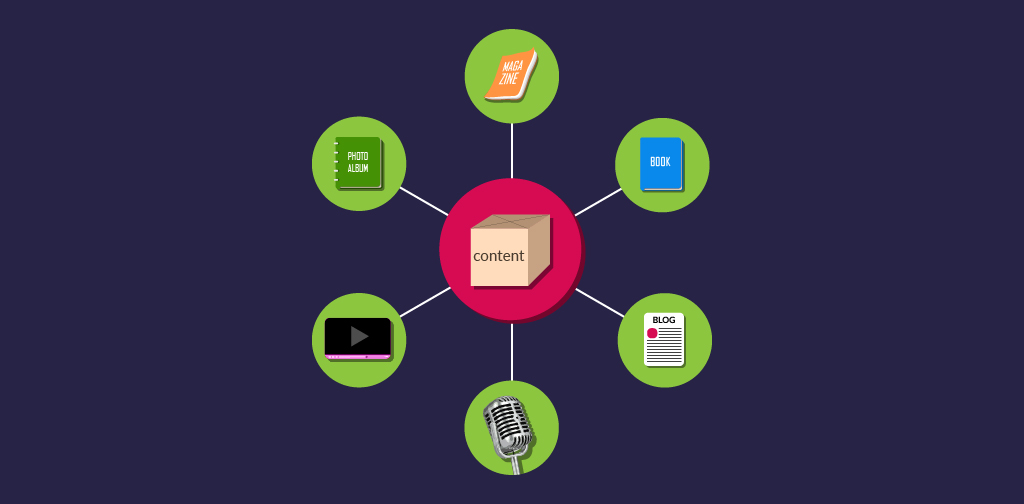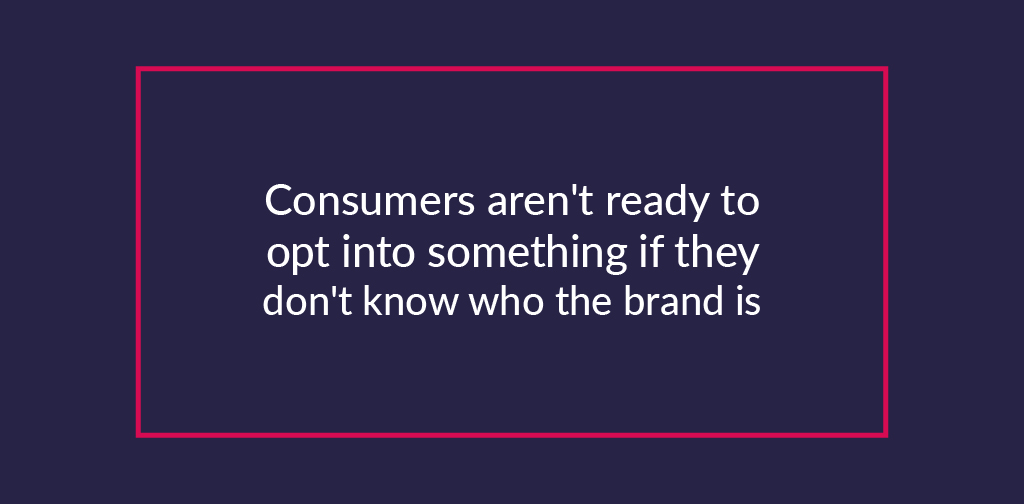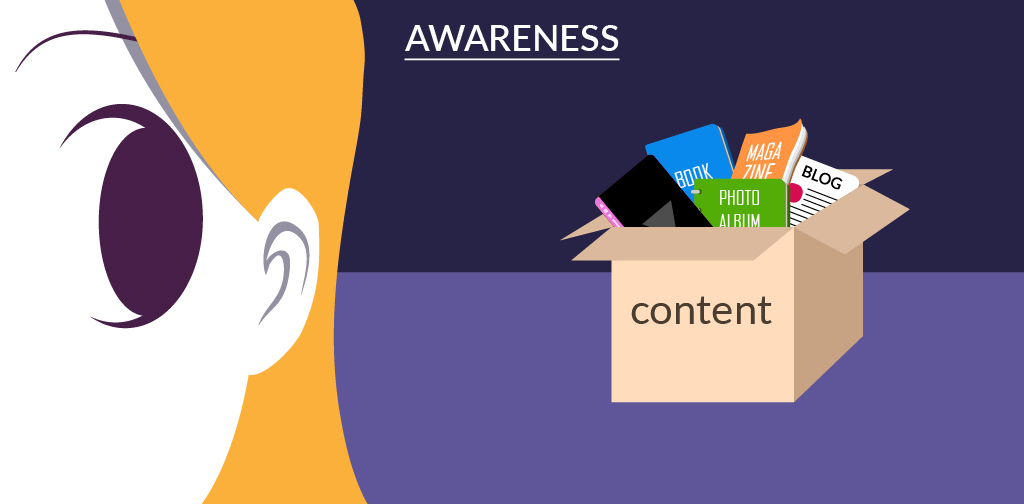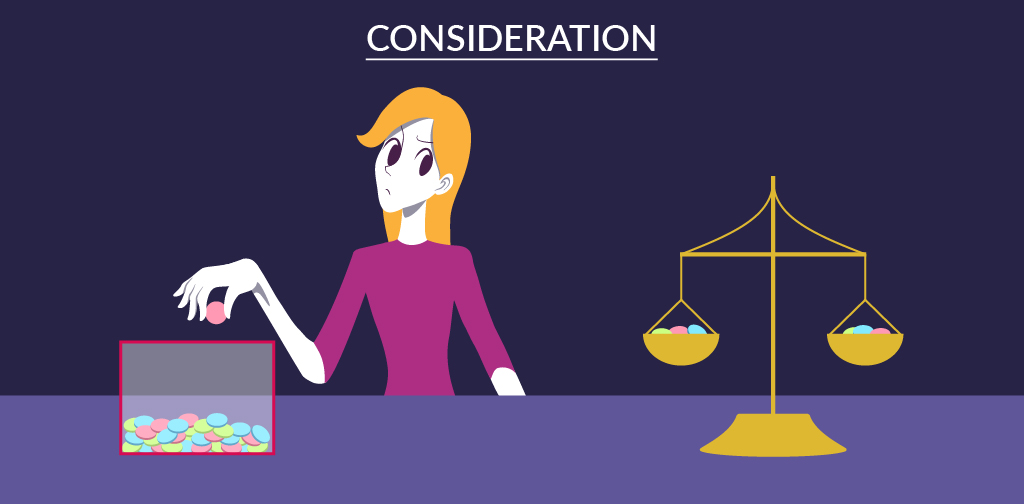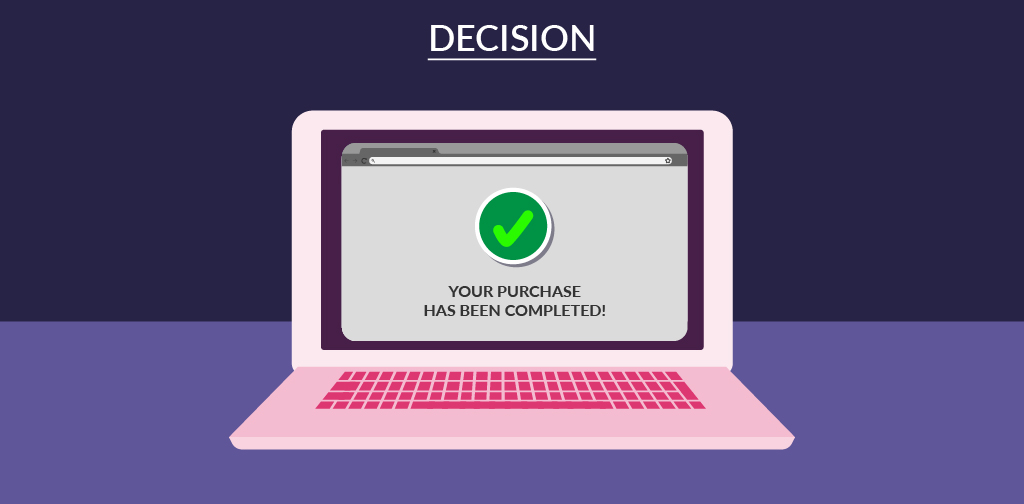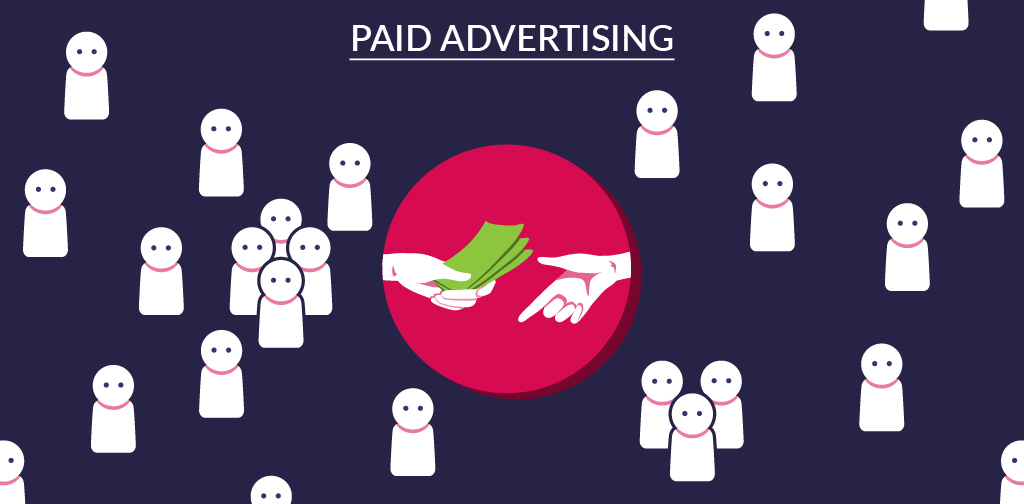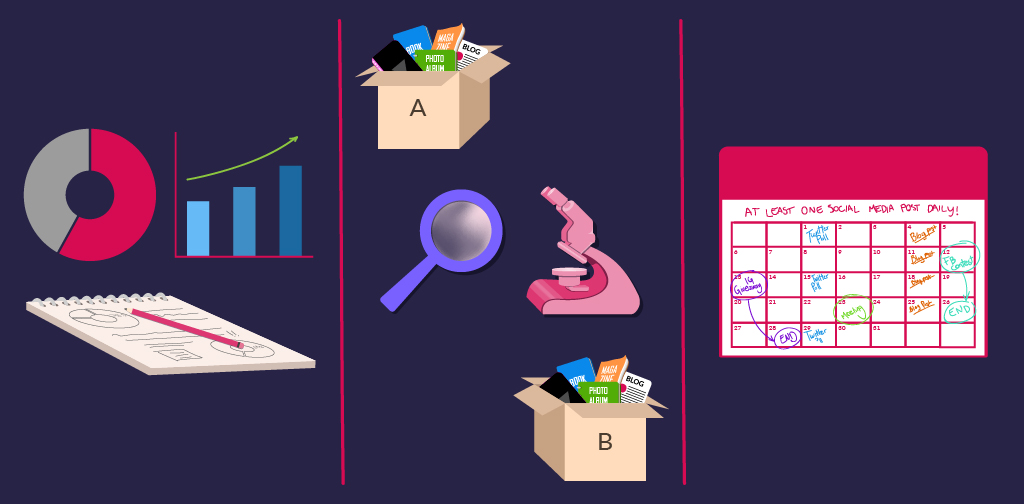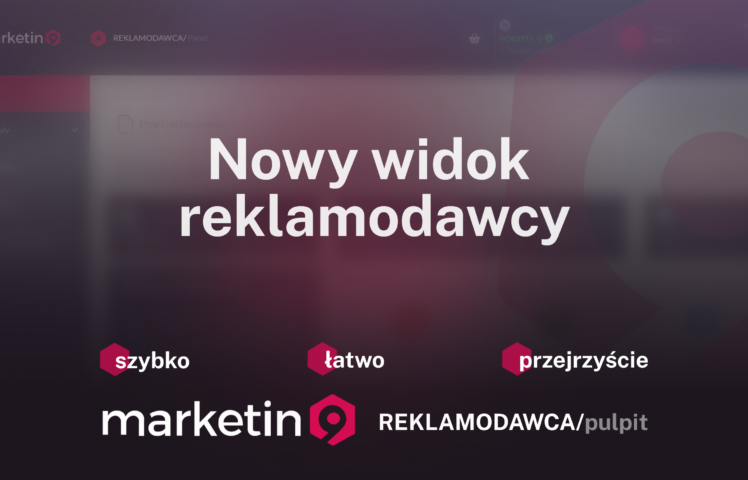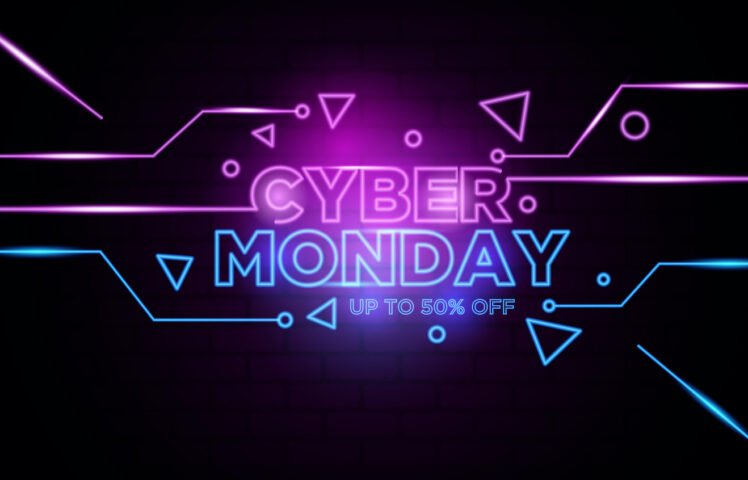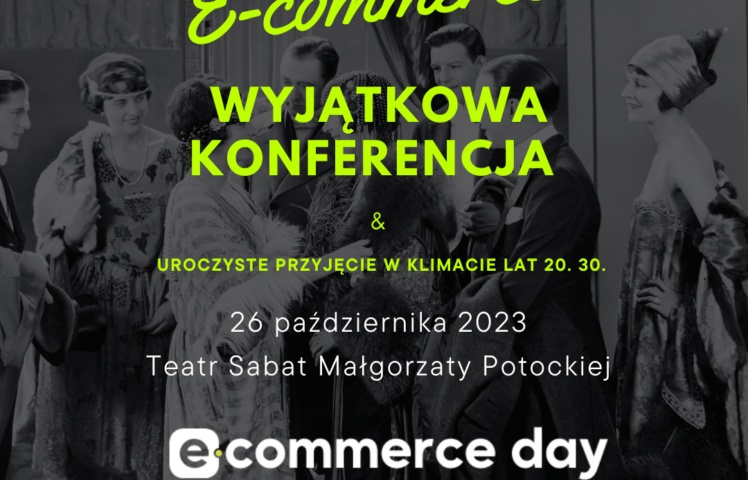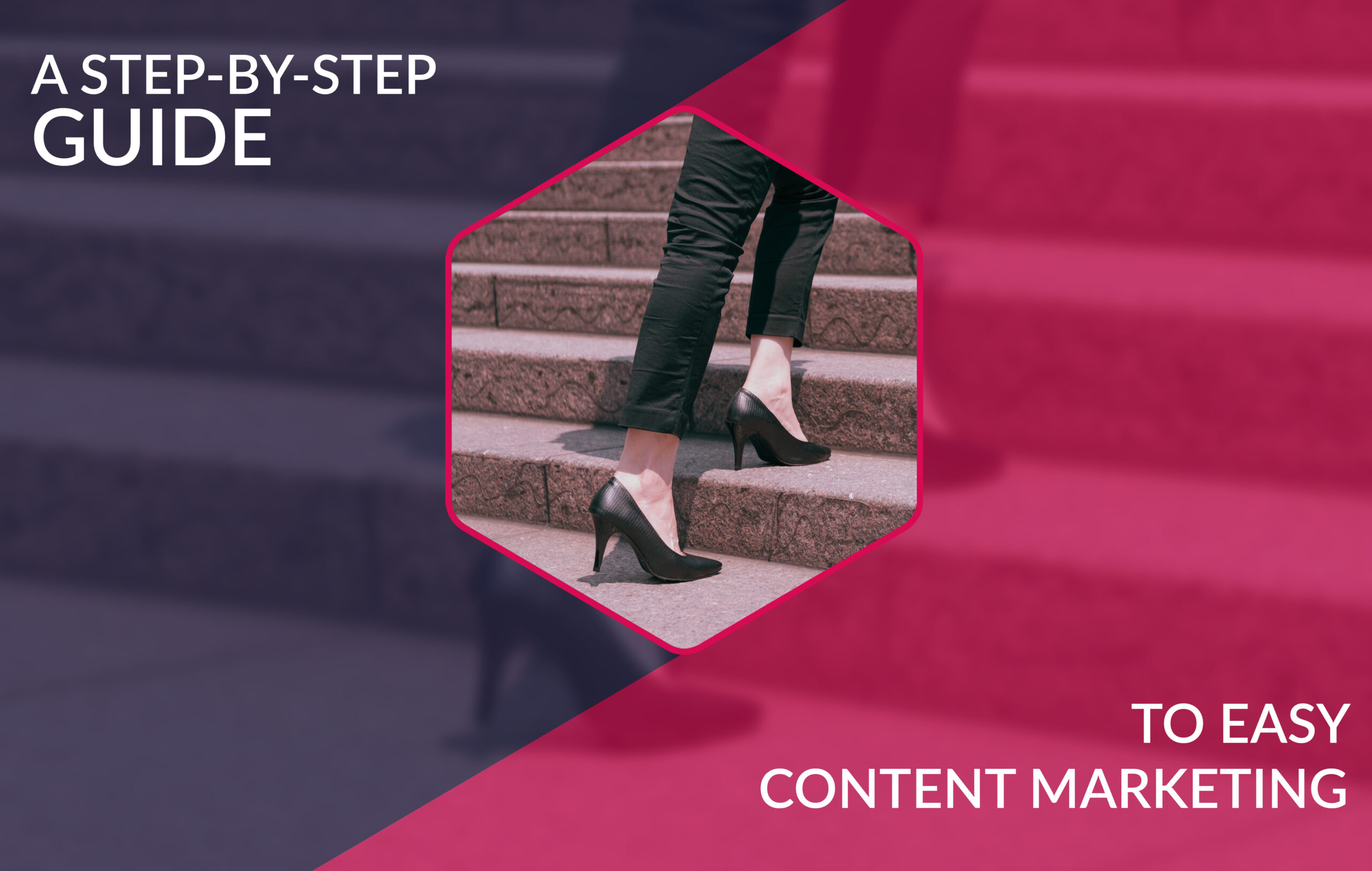
Table of content:
- 1. Let’s define content marketing first
- 2. A short history of content marketing
- 3. How to create a content marketing strategy
- 4. Step 1: Map the content to the pain point,
- 5.
- 6. Step 2: Use the right type of content for the problem,
- 7. Step 3: Connect the content to the buying cycle of your target which has that problem.
- 8. How do you make sure your target audience hears your voice? By mapping content
- 9. Let’s make one thing clear:
- 10. Awareness
- 11. Consideration
- 12. Decision
- 13. Other forms of content marketing
- 14. Social media
- 15. Live video
- 16. Paid advertising
- 17. Extra tips and tricks
It seems that content marketing is a relatively new area of marketing. But in reality, content marketing has been around for a very long time. In fact, content marketing is older than the internet. How is that possible? Because content marketing is all about storytelling. And humans have been telling stories for as long as they could speak the natural language.
That’s why brands today are investing so much in developing backstories for their products and services. With new marketing channels like social media, marketers have many opportunities at their disposal to employ storytelling for the benefit of their companies.
Read this guide to learn what content marketing is all about today and how marketers can make the most of it for their brands.
Let’s define content marketing first
The Content Marketing Institute offers the following definition of content marketing:
What it means in practice is that content marketing is always a long-term strategy. It focuses on building relationships with target audiences. Brands can do that by offering high-quality content which is relevant to this target audience consistently.
Contrary to one-off advertising, content marketing shows that you care about your customers and are willing to go to great lengths to meet their expectations. That’s why content marketing drives customer loyalty after the product purchase. And today customers are more likely than ever to buy from brands that care about them.
A short history of content marketing
To see a short history of content marketing, have a look at this fantastic video from the Content Marketing Institute founded by Joe Pulizzi in 2010. It gives you an excellent overview of what content marketing looked like in the past and what it is today.
[https://www.youtube.com/watch?time_continue=5&v=9OHgMMpGLzk]
Given that the foundation of content marketing is storytelling, it’s clear that the activity itself has been around for longer than the term “content marketing.” Content marketers can learn a lot from these initial, offline content marketing activities that happened before the internet and social media. Still, no successful content marketing campaign today can ignore online channels. You need to be telling stories to people using the media which they consume. Otherwise, you risk that your message is never heard.
How to create a content marketing strategy
There are many different ways in which marketers can approach the problem of crafting a strategy for their brand. In the past, marketers could only use magazines, newspaper ads, and bandit signs. However, even with these limits in place they already had a lot of custom choices. They could engage in wordplay, play with the pictures they showed, or experiment with the placement of the CTA. Even though there were fewer marketing methods, they still had a lot of options.
Today, we have more content marketing channels than ever. That means the number of potential marketing strategies is greater too. For example, one of the most common content marketing strategies is the so-called 3D content model. You can craft a content marketing strategy by following these three steps:
Step 1: Map the content to the pain point,

Step 2: Use the right type of content for the problem,
Step 3: Connect the content to the buying cycle of your target which has that problem.
The idea behind this and many other content marketing strategies is moving the focus away from the marketers to the target audience. The best marketing strategies concentrate on creating content for the audience.
There are plenty of content formats marketers can choose from to achieve this goal, so it’s a good idea to learn about the advantages of each option and when to you when it brings brands maximum impact.
How do you make sure your target audience hears your voice? By mapping content
Customer journey content mapping is an incredibly valuable aspect of a content marketing strategy. This is when you create content for each stage of your audience’s journey toward buying your product. As you know, very few customers will go straight from discovery to purchase. Instead, they usually discover your website, check out your product, spend a couple of months thinking about it, see a retargeting add and then buy it. That’s how it goes ideally.
The point we want to make here is that consumers take a lot of time to make a purchase. Content marketing is traditionally a top-of-the-funnel strategy for that reason. It builds brand awareness and engagement.
It’s really hard to measure the impact of content marketing on actual revenues, conversions, and ROI. Still, smart content marketers measure the effectiveness of their content marketing strategy to change their tactics when needed and boost their performance.
Let’s make one thing clear:
Sure, it’s impossible to learn how many people bought your product because they learned about your business from the content you created. That’s why the effectiveness of content marketing can be a bit ambiguous. But there are many different ways to track and measure content marketing and can you learn about them in this article.
All in all, there are three basic stages in and typical buyer journey: awareness, consideration, and decision. And each of these stages requires a different kind of content marketing approach.
Awareness
This is the first stage of the buyer’s journey. That’s when the consumer simply becomes aware of your business. They’re not buying anything yet or opting into something (like your newsletter). But thanks to the content you created, they now know you are now.
That’s valuable for your business because it shows your offering right away and builds your authority. To measure brand awareness, focus on high-level metrics like the number of readers, number of page views, engagement ratios, time on site, articles viewed, and top-performing pages.
Consideration
Once consumers become aware of your business, they might be willing to buy from you. At least that’s what most business owners wish happened.
When people have the time to consider your offer, they might indeed be willing to buy something from you. Content marketing can help a lot in guiding consumers through the consideration phase. It’s common knowledge among salespeople that a guided customer is far more likely to buy something.
What you’re trying to do here with content marketing is attracting the interest of your current prospects. You need to create content that continues attracting people who might be interested in your product. Go for content types like e-books and white papers – they build trust during the consideration phase and help customers see you as an authority in the field.
Another excellent tactic is setting up a newsletter which ensures that the name of your appears to the subscribers regularly, even once they stop interacting with your content directly.
Decision
This is the part where people actually buy your product or service. They already trust your company and are familiar with your products. They know what your business represents and are willing to pay for it.
This is where you need to focus because if the person doesn’t become a paying customer, they may simply disappear from your pipeline forever. You need to optimize your conversion rate to match your content marketing efforts.
In general, content marketers do that by targeting longtail keywords which indicate that someone wants to buy something from you. For example, if you Google the keyword “help start an e-commerce store,” the first result is Shopify, an e-commerce platform where beginners and advanced users can build their online stores. This is the point at which you need to convince customers that your offer is the best option out there.
Other forms of content marketing
Now that you know why content marketing is so powerful and how marketers can use it to map customer journeys from awareness to decision, it’s time to talk about other types of content.
Social media
One of the most powerful types of content marketing in the online world is social media. They give marketers free access to a massive amount of people within any target market. Social media advertising can be incredibly efficient because marketers can choose where to show their brands and who will see their content. Moreover, by running a page on social media, you get to show the personality of your business, and today consumers are more likely to buy from companies they connect with. Businesses that make them laugh, cry or share content are the ones that are at the top of their minds when it’s time to make a purchasing decision.
Live video
Communicating with your target audience over video in real time is an incredibly productive way of engaging and converting customers. Video marketing is incredibly powerful because consumers love video content on social media. Also, live videos give brands a layer of transparency, making them more trustworthy.
Did you know that 80% of people can recall a video advertisement they’ve seen during the last month? Brands that use video format to become memorable and content marketing specialists know that video content brings the best ROI among all content types.
Paid advertising
Content marketing may be primarily an inbound marketing tactic, but it’s clear that the lines between inbound and outbound are blurred. It’s possible to create content first, and then use advertisements to drive traffic to it.
By combining inbound content and outbound marketing, you get to attract more people to your website and brand. Driving people to your site is a smart move, especially if you’re a new business and need to build an audience. If you don’t want to wait to grow your audience organically, then your best pick is driving traffic to your content with paid advertisement.
Extra tips and tricks
Pay attention to your analytics – you need to know how your current content is performing. That way, you will iterate what’s working well and prevent blunders. Google Analytics is an excellent source of quality information about your content.
Test your content – once you know how your content is performing, run tests. In particular, you can run A/B tests which test two pieces of content that are identical except for one factor. This offers an opportunity to check whether it makes the content more attractive and gets more people to take action. It could be the title, visuals or the CTA. A/B testing changes one factor to help you examine it and gives you far more accurate results than any other form of testing.
Keep your content schedule organized – it’s very easy to and up in a mess if you’re running a content marketing campaign. The confusion might impact your consistency and the overall effectiveness of your content. It’s a good idea to invest in software that helps to keep a cohesive software content calendar in one location.
By following these tips and matching content to the right stages in the buyer’s journey, you will make sure that your content marketing efforts bring your brand tangible business value.
Do you have any questions about how to maximize the ROI from content marketing? Have a look at our blog where we share a lot of information about measuring content marketing ROI and making it work for your brand. Or share your thoughts in the comments section; we’re happy to help you in choosing the best content marketing strategy for your brand.

